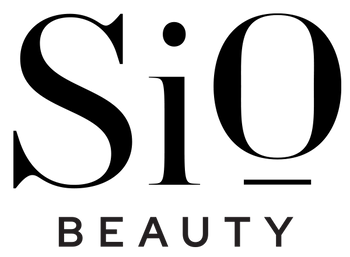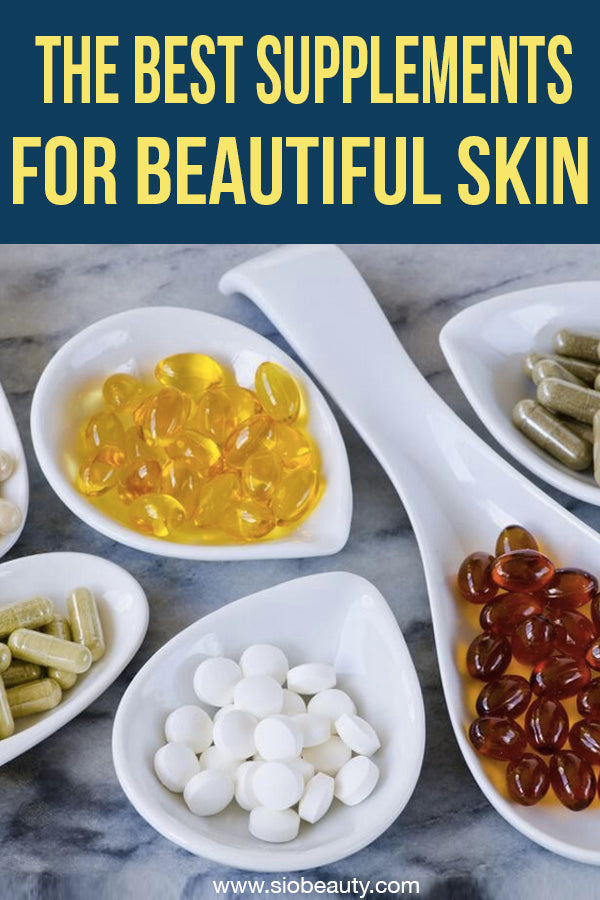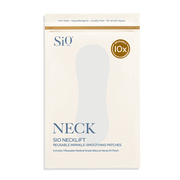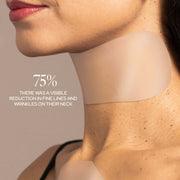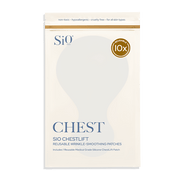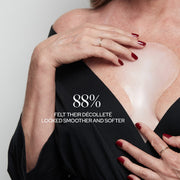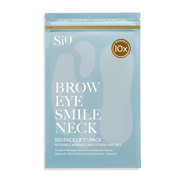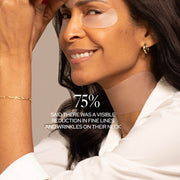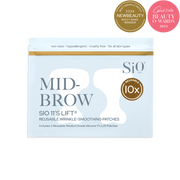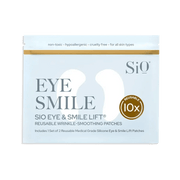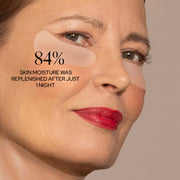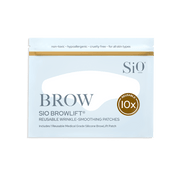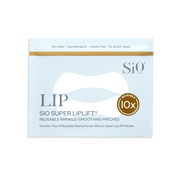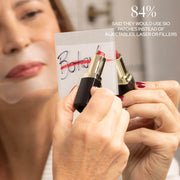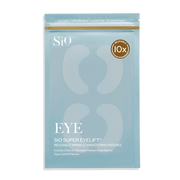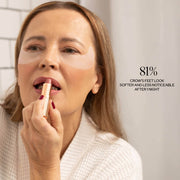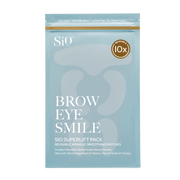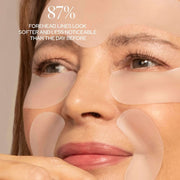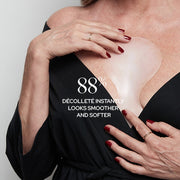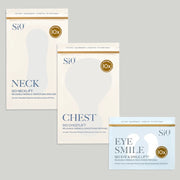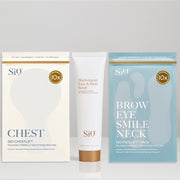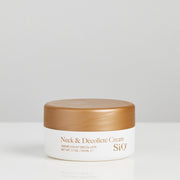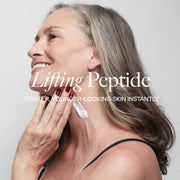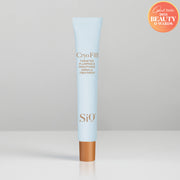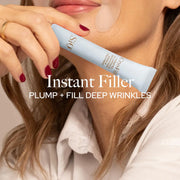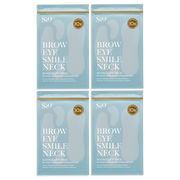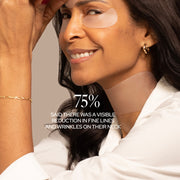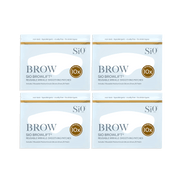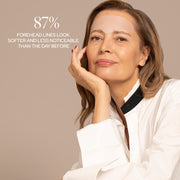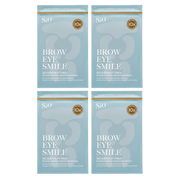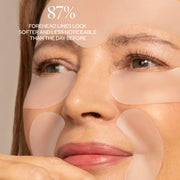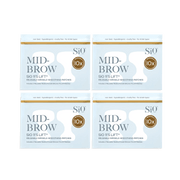The 10 Best Supplements For Beautiful Skin

We all want the same things in life: a successful career, a loving partner—and beautiful skin. As we grow older, the first two things might seem easier to maintain than the last. That’s because as you age many things change including the proteins in your skin that break down over time. This causes wrinkles and makes it more difficult to keep your skin smooth, youthful and radiant.
So what’s the best way to keep your skin beautiful? You may be considering dermal fillers or other injectables. But we’re here to tell you: that’s totally unnecessary!
There are plenty of natural supplements out there that will fight wrinkles and aging while boosting moisture and radiance. In this post, the beauty experts at SiO reveal the 10 best supplements to help you achieve beautiful skin.
How Can You Get Beautiful Skin Without Injectables?
It’s true that injectables can sometimes help fill in wrinkles and get rid of frown lines or laugh lines. But they don’t always work as intended as there are a number of risks involved.
For example, some injectables are derived from toxic bacteria—which should already raise a red flag! These toxins can cause serious problems if they spread to other parts of your body.
Or the doctor performing your operation might accidentally add a bit too much of the injectable. This could cause a loss of movement in your face, and facial paralysis is not a highly sought-after look.
Other common side effects include loss of muscle movement over time, pain around the injection area and headaches. And on top of all that, these treatments don’t come cheap.
So if you could naturally keep your skin beautiful—without the use of fillers or injectables—why wouldn’t you?
We’re going to let you in on a little secret. You can have beautiful, wrinkle-free skin without expensive operations and the risk of side effects! How? Let us fill you in.
SiO Beauty patches are an easy, affordable way to seriously improve the appearance of your skin. Our patches are made from medical-strength silicone and are clinically proven to produce real results on real women. These medical-grade silicone patches create the ideal microclimate between the patch and surface of your skin, which boosts hydration in your skin’s outer layers. The result is smooth, plump skin with more moisture and fewer visible wrinkles.
Our products are so effective that Dr. Dendy Engelman, a dermatologist and SiO’s very own medical adviser, is eager to tell her patients about them. Here’s why:
“For patients that are hesitant to use injectables, such as Botox, that prevent wrinkles, the SiO Beauty patches are the closest most effective alternate at home solution. These patches both correct existing wrinkles and, when worn over time, prevent new wrinkles from forming.”
As an added benefit, SiO beauty patches are specially made for different areas of your face and neck. SiO Browlift patches treat your forehead, while the Eye & Smile Lift patches treat the sides of your eyes and mouth. We also make NeckLift patches for your neck and Sio ChestLift for your décolleté.
To experience these benefits for yourself, all you need to do is put the patches on after you’ve cleansed and dried your face at night. Then apply SiO Cryo Fill directly on wrinkles or uneven textured skin to freeze time and reduce the appearance of expression lines to reveal smoother, healthier-looking skin. Finally, get some well-deserved beauty sleep, and wake up with gorgeous, glamorous skin. It’s that easy!
How Do Supplements Make Your Skin Beautiful?
In addition to SiO Beauty patches, there are a number of ways to naturally help your skin stay healthy and glowing. One of the easiest is to begin taking vitamin supplements.
You’re probably wondering how supplements could possibly help improve the health of your skin. Allow us to explain.
As you age, the most important proteins in your skin— collagen and elastin— begin to break down. Making matters worse, your body doesn’t produce these proteins as easily as you grow older.
In fact, research has shown that collagen production decreases by roughly one percent each year after the age of twenty. So by the time you’re 50 years old, your collagen production is only 70 percent of what it was when you were in your teens. Yikes!
This is where supplements come in! While different supplements work in slightly different ways, the overall effects are similar. In short, skin supportive supplements revitalize and rejuvenate your skin by improving the health of your skin cells and helping to produce more crucial proteins like collagen.
So what are these skin-saving supplements? Let’s take a look.
What Are The 10 Best Supplements You Can Take For Beautiful Skin?
And now, we give you your go-to list of the ten best beautifying supplements you might want to learn more about!
Fish Oil
Fish oil supplements are loaded with Omega-3 fatty acids. You might have heard about Omega-3s and how great they are for your health. It’s no myth! These essential fatty acids have a number of proven health benefits. They support collagen growth and promote skin moisture, both of which help to keep your skin beautiful.
Fern Extract
Fern extract is sometimes referred to as Polypodium Leucotomos Extract, or PLE extract, as that chemical compound is the primary active ingredient.
So why is fern extract one of the best supplements for beautiful skin? Because it offers special protection from the sun. The sun’s harmful UV rays are a leading cause of collagen degradation, so extra protection does a lot to keep skin beautiful.
GLA Oils
GLA oils, or gamma-Linolenic acid oils, are Omega-6 fatty acids. Like their cousin, the Omega-3 fatty acids, Omega-6s also help to keep skin healthy and beautiful. And while they’re essential for your skin’s health, your body doesn’t produce them.
So how can you get them? GLA oils are found in vegetable oils. The most common GLA supplements are evening primrose oil (EPO), borage oil, and black currant seed oil. All these varieties of GLA oil can be found in tablet form.
Zinc And Calcium
Zinc and calcium are both necessary for your health in general, but they’re also critical for the health of your skin. Zinc is essential for cell structure and tissue strength, which helps fight wrinkles and keep skin tight. Meanwhile, calcium helps with cell regeneration and cell growth, thus keeping your skin youthful and beautiful.
Vitamins (A, C, and E)
It probably doesn’t come as a surprise that vitamins are good for your health. But it’s worth stressing how important these Vitamins A, C, and E are for your skin. Let’s take a quick look at the benefits:
- Vitamin A increases cell reproduction and stimulates collagen production.
- Vitamin C helps prevent damage to cells, thus facilitating the production of elastin and collagen.
- Vitamin E is an antioxidant that protects skin cells and helps maintain moisture.
Phytonutrients
Phytonutrients are antioxidants found in fruits, veggies, and nuts. There are a number of different phytonutrients, including Lycopene, Ellagic Acid, and Resveratrol, among others.
Phytonutrients are wonderful supplements for beautiful skin because they expel toxins and harmful chemicals from your skin cells. This allows for healthy cell regeneration and maximum collagen production.
CoQ10
Coenzyme Q10, commonly referred to as CoQ10, is one of the best supplements for beautiful skin. Simply stated, CoQ10 is a super antioxidant that helps get rid of free radicals and other toxins in your body. Thus, it has the effect of promoting healthy skin and allowing your body to make as much collagen as possible.
Biotin
Biotin is an essential B vitamin, also known as vitamin B7, that helps promote beautiful skin, as well as healthy nails and hair. Researchers also think that Biotin works to reduce the death of skin cells, which is definitely a good thing.
Biotin is found in foods like cheese, beans, eggs, and leafy greens. You can add more of these foods to your diet to ensure you’re getting plenty of Biotin, or you can take a tablet as a supplement.
Hyaluronic Acid
Hyaluronic acid, or sodium hyaluronate, is undoubtedly one of the best supplements for beautiful skin. This compound has incredibly strong moisture-retaining properties, so it’s no wonder that it helps keep your skin looking young.
This compound is also a great ingredient in skincare products such as creams and serums. The SiO Energy Serum for example improves moisture retention and visibly plumps skin.
Curcumin
Curcumin is not produced by your body, but it does occur naturally in turmeric, the bright yellow spice often used in Indian food. Curcumin acts as a super antioxidant and has been shown to have a number of health benefits, including anti-aging properties. You can add a little bit of curcumin by using turmeric in your food, but it’s best to find a supplement tablet for maximum results.
Every woman wants to have beautiful skin—no exceptions! But what few women know is how easy it can be to naturally maintain healthy, radiant skin. By using SiO Beauty patches and the best supplements for beautiful skin, you’ll basically be drinking from the fountain of everlasting youth.
